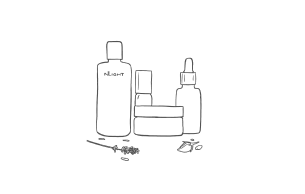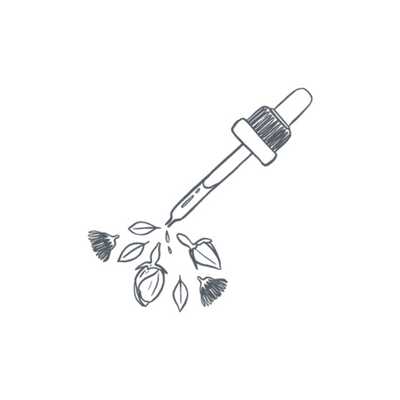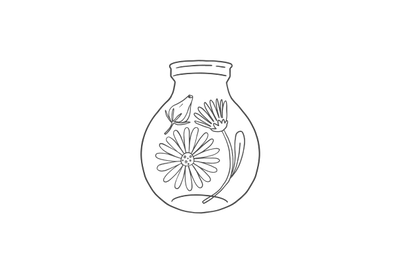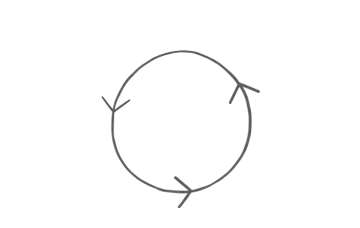Nature & Chemistry: influencing elements

Medicinal plants represent at the moment the base of 50% of the world’s medicines. Most of our medicines have come from or have been inspired by the wonder of Nature in the last few thousand years. Still today, many pharmaceutical industries have their “botanical scouts” spread around the world, particularly in the rainforests, searching for new medicinal plants and potential active botanicals to help this ill world.
As modern science progresses we like to enter more and more into the chemistry of plants, splitting chemical chains, identifying chemical bonds and new molecular structures, searching for the miraculous active ingredient to be then isolated and replicated in the lab, concentrating its power and making it available to people, thirsty for new drugs.
Often the only way medicinal plants are seen is the inner chemistry and the amount of active chemical compounds. However, what is missed is the quality of soil and environment, the way they are cultivated (if organically or conventional), the location and last, but not least, the expertise and care of the grower.
All these additional keys not only enhance the chemistry content but act also on a more energetic/vibrational level on the physical body of the plant.

To better explain this subject one can compare a glass of water taken from a spring at high altitude with a glass of water taken from a tap in one of our cities: both are H2O with slightly different chemical content, anyone can notice the difference. The first is ‘vibrant’ and you can feel the life dancing in it, the second is flat and without any ‘life’ and too often the added taste of chemicals such as chlorine. A great and visual example of this is explained by Dr Masaru Emoto’s water crystal pictures. An obvious and incredible change appears in the microcrystalline structure of the water in connection with its quality, and even when it is exposed to different vibrations such as music.
Vibrant Taste
The vibrant taste or energy is the result of a physical element influencing its structure. This is applied to plants, fruit and any living matter. The most obvious example is the look and taste of a freshly picked vegetable compared with the same piece of vegetable picked prematurely and stored in the fridge for a week.
Well known are the studies on the growth of vines in Italy exposed to classical music: they produce more fruit and are healthier.
But there is more: if a sound (vibrational element) can influence plants, why can’t we influence them with our inner and positive attitude, our voice or our presence? Ultimately whatever we do or think (it depends on the intensity) produces a change in our body’s electro-magnetic field determining a change on our closest environment, including plants: the more positive we are the better for them! It is like a different plant food that acts on a vibrational level. This is why in the last 30 years I have become more and more interested not only in the quality of medicinal plants (organic of course) but also in the way they are grown and who grows them. And yet, if I cannot control 100% who is behind the plants I use in the lab, I can at least do my part to enhance their power and vibrational level. This is my alchemy: transforming matter into other matter, with the same appearance but with a different vibrational structure.
This is why in the last 30 years I have become more and more interested not only in the quality of medicinal plants (organic of course) but also in the way they are grown and who grows them. And yet, if I cannot control 100% who is behind the plants I use in the lab, I can at least do my part to enhance their power and vibrational level. This is my alchemy: transforming matter into other matter, with the same appearance but with a different vibrational structure.
Of course, you don’t need to study alchemy or phyto-chemistry, but I am telling you that if you are gentle, intelligent, conscious, careful, with the wonderful world of plants, you will receive back a lot, much more than you think. In using medicinal plants to make skin care I apply these same principles the same as I do when I make up medicinal herbal treatments for my patients.
Dr Mariano Spiezia


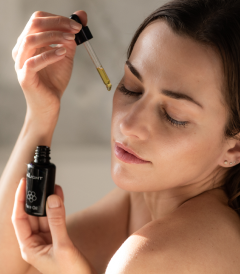
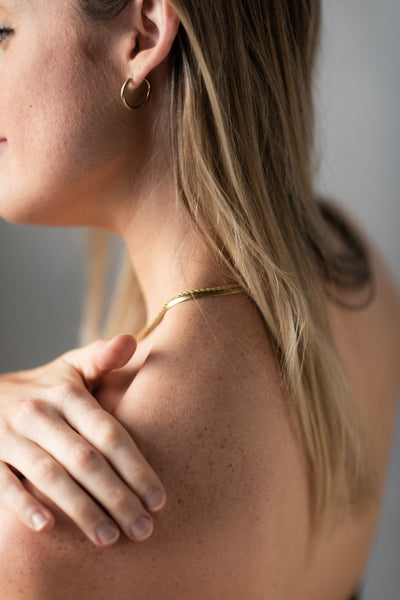
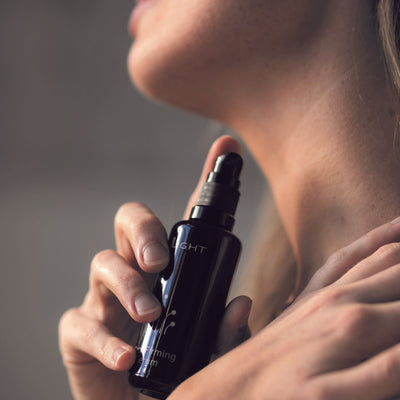

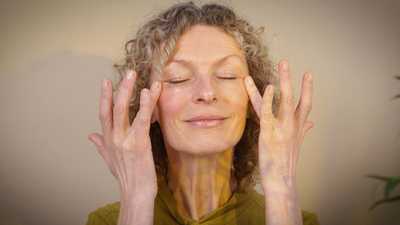
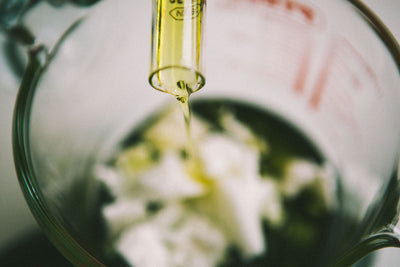

.png?v=1709810460212)









.png?v=1724255750489)



.png?v=1724250648348)



.png?v=1724250433717)








